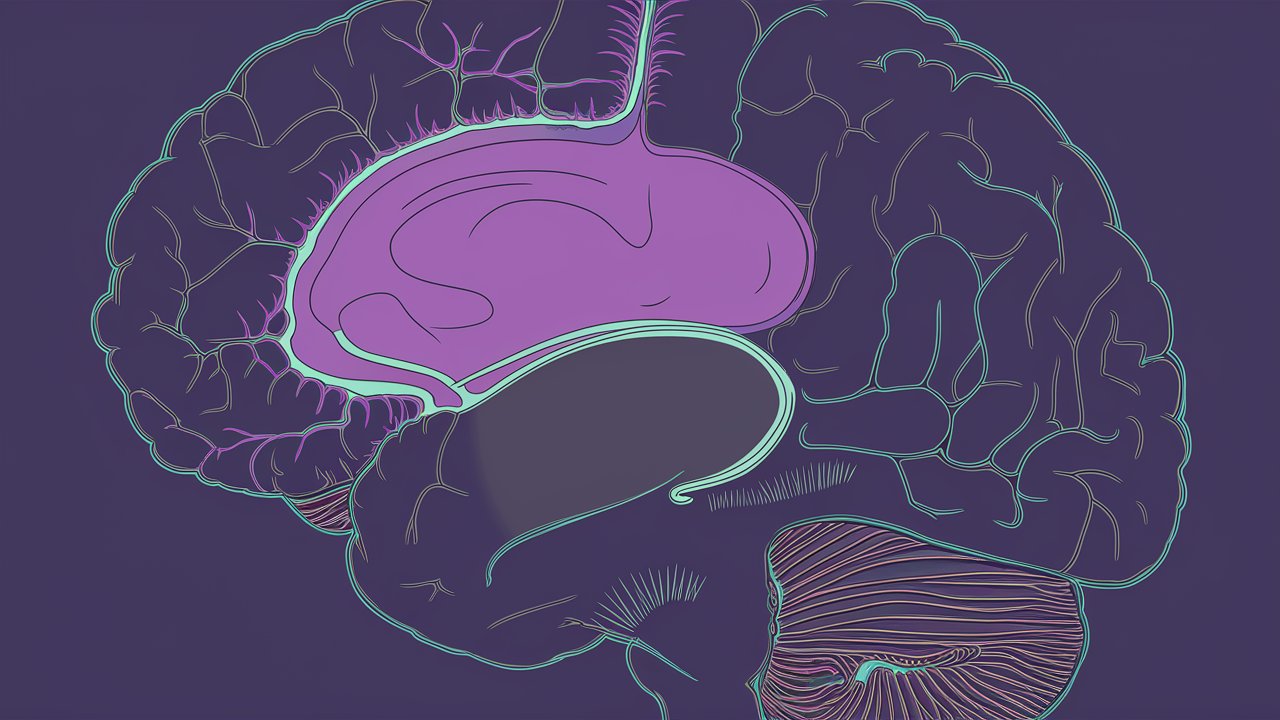
Congenital Bilateral Perisylvian Syndrome (CBPS) is a rare neurological disorder that affects the brain's development, particularly around the Sylvian fissure. This condition can lead to difficulties with speech, swallowing, and motor skills. CBPS often presents itself in early childhood, making early diagnosis crucial for effective management. Symptoms can vary widely, but common signs include facial muscle weakness, epilepsy, and cognitive challenges. Understanding CBPS is essential for parents, caregivers, and educators to provide the best support for affected individuals. This article will delve into 15 intriguing facts about Congenital Bilateral Perisylvian Syndrome, shedding light on its causes, symptoms, and potential treatments.
What is Congenital Bilateral Perisylvian Syndrome?
Congenital Bilateral Perisylvian Syndrome (CBPS) is a rare neurological disorder. It affects the brain's perisylvian region, which is involved in speech and motor functions. Here are some intriguing facts about this condition.
-
Rare Condition: CBPS is extremely rare, with only a few hundred cases reported worldwide. This rarity makes it a subject of interest for medical researchers.
-
Genetic Links: Some cases of CBPS are linked to genetic mutations. However, the exact genetic causes are still being studied.
-
Brain Malformation: The condition involves malformations in the perisylvian region of the brain. This area is crucial for language and motor skills.
Symptoms of Congenital Bilateral Perisylvian Syndrome
CBPS presents a variety of symptoms, which can vary in severity. Understanding these symptoms can help in early diagnosis and management.
-
Speech Difficulties: Individuals with CBPS often have trouble speaking. This can range from mild speech delays to severe speech impairment.
-
Swallowing Problems: Dysphagia, or difficulty swallowing, is common in CBPS. This can lead to nutritional issues and requires careful management.
-
Seizures: Many people with CBPS experience seizures. These can be controlled with medication but require ongoing monitoring.
-
Motor Skill Challenges: Fine motor skills, like writing or buttoning a shirt, can be difficult for those with CBPS. Physical therapy can help improve these skills.
Diagnosis and Detection
Diagnosing CBPS involves a combination of clinical evaluation and imaging techniques. Early detection can improve outcomes.
-
MRI Scans: Magnetic Resonance Imaging (MRI) is often used to detect brain malformations associated with CBPS. This imaging technique provides detailed pictures of the brain's structure.
-
Genetic Testing: Genetic tests can sometimes identify mutations linked to CBPS. This can help in understanding the condition's origins and planning treatment.
-
Clinical Evaluation: A thorough clinical evaluation by a neurologist is essential. This includes assessing speech, motor skills, and other neurological functions.
Treatment and Management
While there is no cure for CBPS, various treatments can help manage symptoms and improve quality of life.
-
Speech Therapy: Speech therapy is crucial for individuals with CBPS. It helps improve communication skills and can significantly enhance daily life.
-
Physical Therapy: Physical therapy can aid in developing motor skills. It focuses on exercises that improve strength, coordination, and flexibility.
-
Medication: Anti-seizure medications are often prescribed to control seizures. These medications need to be carefully monitored and adjusted as needed.
Living with Congenital Bilateral Perisylvian Syndrome
Living with CBPS presents unique challenges, but with the right support, individuals can lead fulfilling lives.
-
Support Networks: Families and caregivers play a vital role in supporting individuals with CBPS. Support groups and online communities can provide valuable resources and emotional support.
-
Educational Support: Special education services can help children with CBPS succeed in school. Individualized Education Programs (IEPs) are often used to tailor learning to each child's needs.
Final Thoughts on Congenital Bilateral Perisylvian Syndrome
Congenital Bilateral Perisylvian Syndrome (CBPS) is a rare neurological disorder that affects speech, motor skills, and sometimes cognitive functions. Understanding CBPS helps in recognizing the challenges faced by those living with it. Early diagnosis and intervention can significantly improve quality of life. Speech therapy, physical therapy, and sometimes surgical options are available to manage symptoms. Support from family, friends, and healthcare professionals is crucial. Awareness and education about CBPS can lead to better support systems and resources. Though rare, CBPS reminds us of the importance of medical research and compassionate care. By staying informed, we can contribute to a more inclusive society for everyone, regardless of their medical conditions.
Was this page helpful?
Our commitment to delivering trustworthy and engaging content is at the heart of what we do. Each fact on our site is contributed by real users like you, bringing a wealth of diverse insights and information. To ensure the highest standards of accuracy and reliability, our dedicated editors meticulously review each submission. This process guarantees that the facts we share are not only fascinating but also credible. Trust in our commitment to quality and authenticity as you explore and learn with us.


